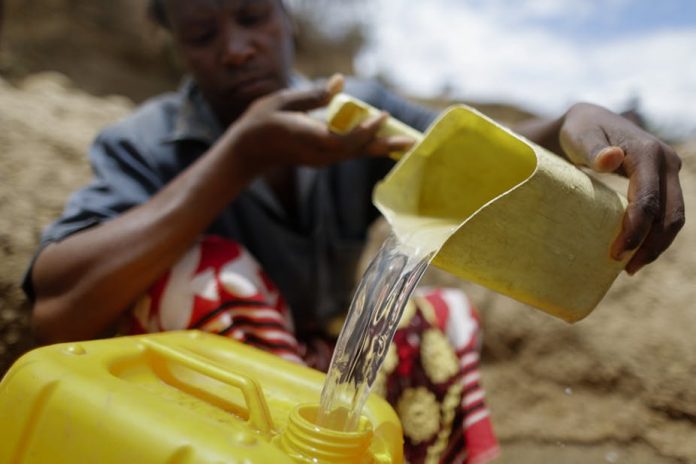By Evan Thomas
Millions of people living in the arid regions of the Horn of Africa lack safe, reliable and affordable water throughout the year. This is because of recent decreases in rainfall in the drought-prone Horn of Africa, rising water demands and persistent challenges in maintaining water supplies.
Historically, responses to drought have been reactive. International emergency assistance is dispatched once the emergency happens in a bid to save lives and livelihoods. It then disappears when the immediate crisis dissipates.
This reactive emergency assistance occurs despite the reality that drought in the Horn of Africa is cyclical and increasing.
One way to improve drought resilience is to improve the management of groundwater. Groundwater exists beneath the earth’s surface and is stored in aquifers. These are bodies of permeable rock, like gravel or sand. Electrical pumps can be used to retrieve this water, which is then stored and distributed through pipes.
An estimated 400 million people in Africa use groundwater. In the past decades, throughout the Horn of Africa, millions of dollars have been spent on the installation of borehole pumps so people can access groundwater.
However, evidence shows that local communities and regional governments are not yet able to manage the operations, maintenance and service delivery of groundwater. This is because they lack funding and professional capacities – such as maintenance training, asset management tools, supply chains, and financially viable service contracts.
As a result, there have been a high number of water point failures. For example, in Kenya, about 35% of rural water supplies were broken before the 2016 drought. This increased to over 55% during the drought because of mechanical failures or depleted groundwater.



